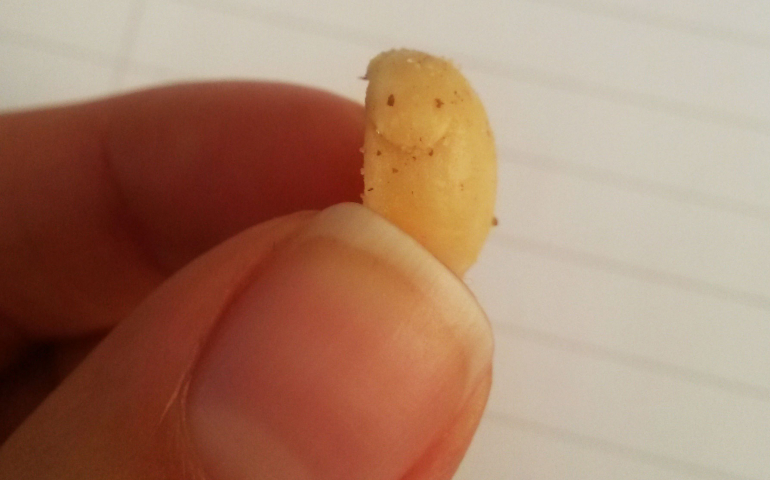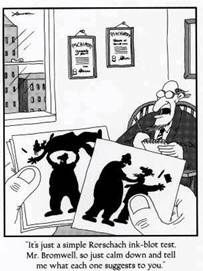Paco Dennis
SF VIP
- Location
- Mid-Missouri







I thought it was the silhouette of a person's head and neck, with their new haircut.
I thought it was broccoli.I thought it was the silhouette of a person's head and neck, with their new haircut.


The Rorschach Test is the child of Pareidolia! We see shapes in clouds and faces in everyday objects. Evolutionary psychologists hypothesis...
Why do you see faces in objects?
Evolutionary psychologists argue that the phenomenon of Pareidolia was advantageous to our ancestors. They argue that it helped them to survive for the following reasons:
Christopher French, of the British Psychological Society, says, “A classic example is the Stone Age guy standing there, scratching his beard, wondering whether that rustling in the bushes really is a sabre-toothed tiger. You're much more likely to survive if you assume it's a sabre-toothed tiger and get the hell out of there - otherwise you may end up as lunch”.
- Babies are more likely to be cared for if they experience pareidolia. Astronomer, Carl Sagan, theorises that, “Those infants who a million years ago were unable to recognize a face smiled back less, were less likely to win the hearts of their parents, and less likely to prosper". Therefore, it could be argued that this survival has allowed pareidolia to pass on through the generations.
- Protection from predators. It was safer for the ancestors we evolved from to assume they see a face, even where there is none.


“.........Those infants who a million years ago were unable to recognize a face smiled back less, were less likely to win the hearts of their parents, and less likely to prosper"........The Rorschach Test is the child of Pareidolia! We see shapes in clouds and faces in everyday objects. Evolutionary psychologists hypothesis...
Why do you see faces in objects?
Evolutionary psychologists argue that the phenomenon of Pareidolia was advantageous to our ancestors. They argue that it helped them to survive for the following reasons:
Christopher French, of the British Psychological Society, says, “A classic example is the Stone Age guy standing there, scratching his beard, wondering whether that rustling in the bushes really is a sabre-toothed tiger. You're much more likely to survive if you assume it's a sabre-toothed tiger and get the hell out of there - otherwise you may end up as lunch”.
- Babies are more likely to be cared for if they experience pareidolia. Astronomer, Carl Sagan, theorises that, “Those infants who a million years ago were unable to recognize a face smiled back less, were less likely to win the hearts of their parents, and less likely to prosper". Therefore, it could be argued that this survival has allowed pareidolia to pass on through the generations.
- Protection from predators. It was safer for the ancestors we evolved from to assume they see a face, even where there is none.


